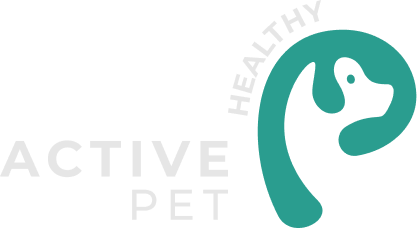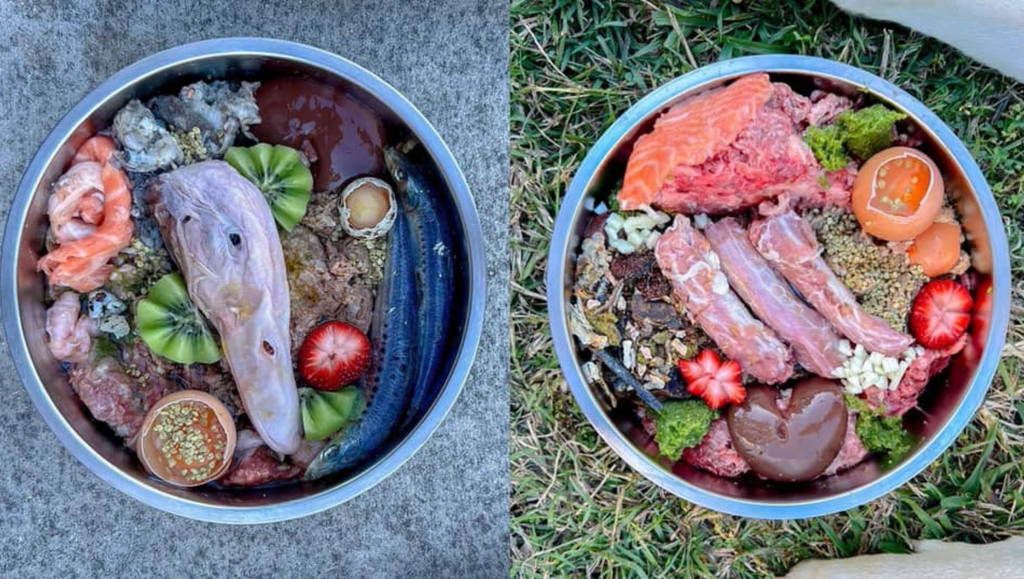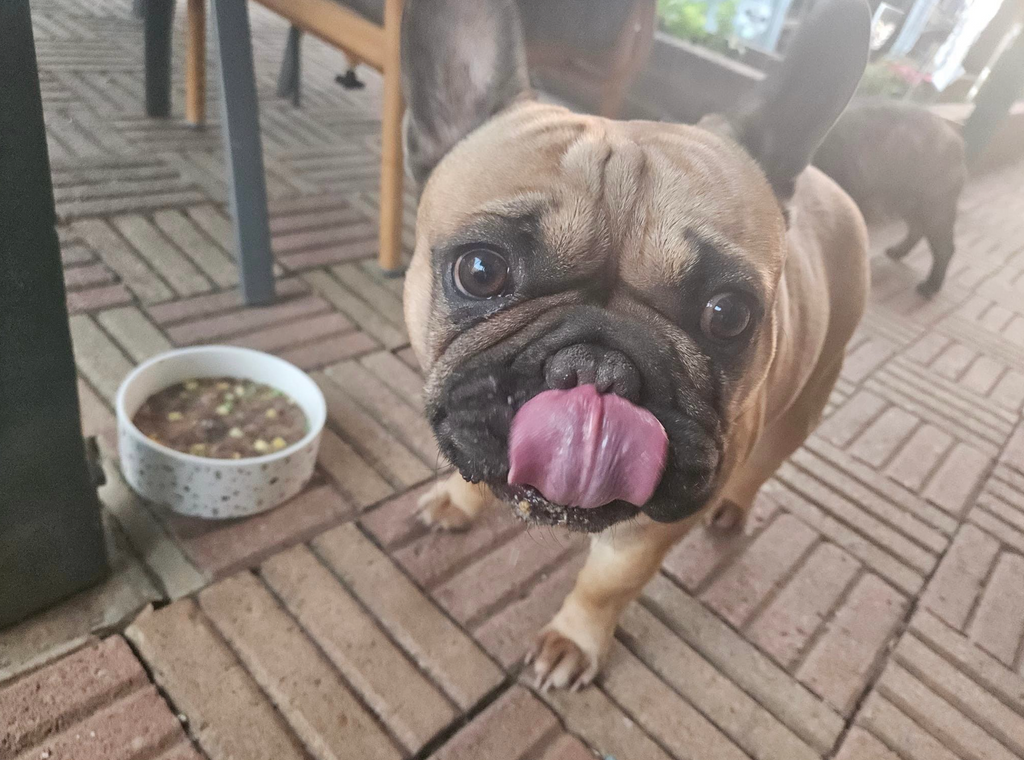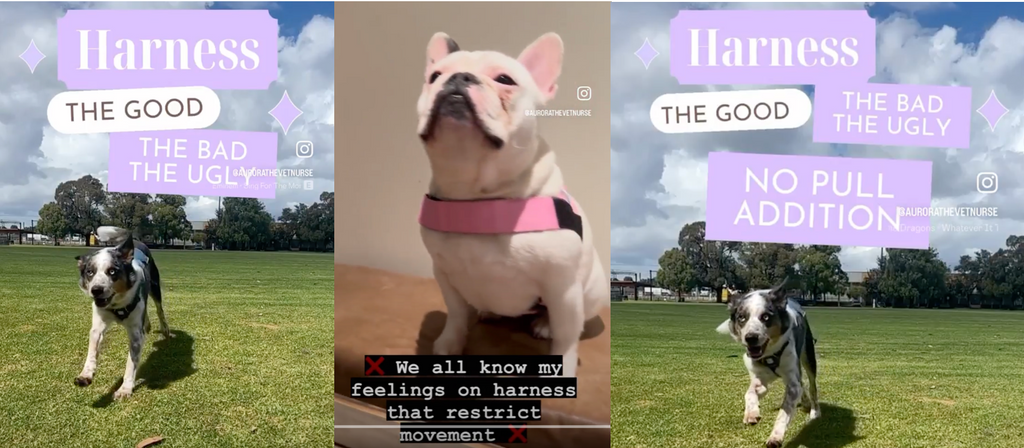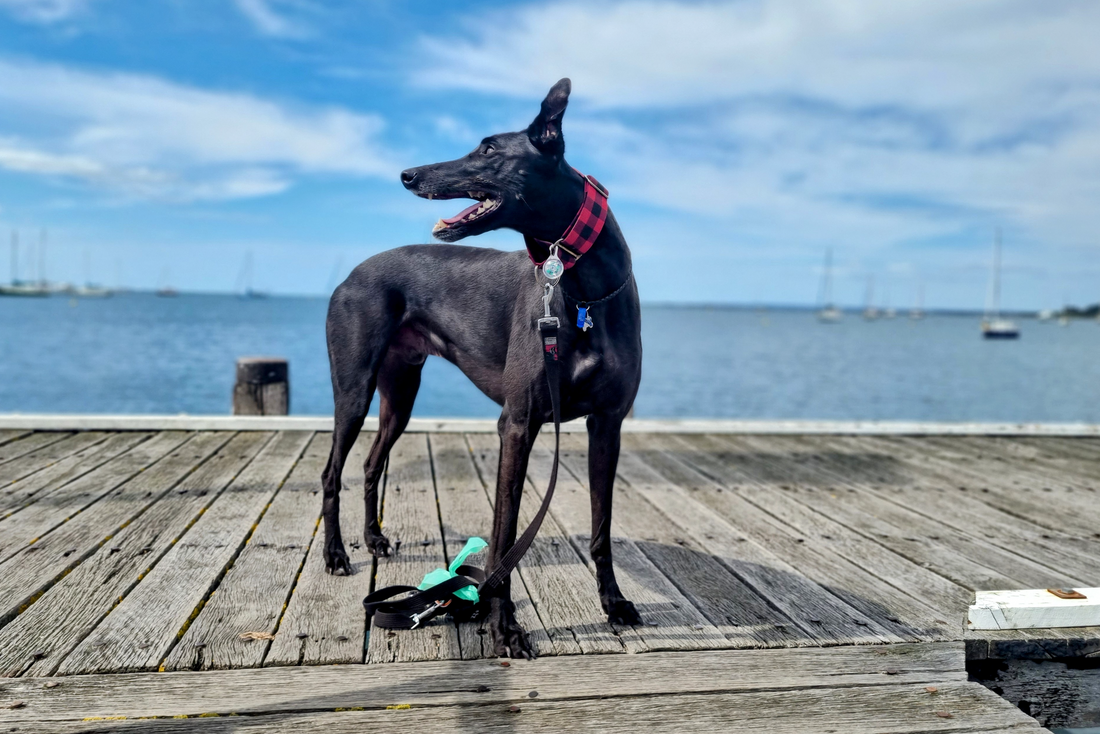
Why Greyhound Rescue is so important
At Healthy Active Pet we are passionate about pets. We want them to live their best and healthiest life possible.
Unfortunately due to greyhound racing, a greyhound dog can suffer so much in their life - which leads to the large need for greyhound rescue or for people to adopt a greyhound and we need more people to be aware about greyhound racing, the effect it has on the dog and how we need help rescue these beautiful dogs.
And today Jayce, who is a rescue greyhound, is sharing his story (well Nat his owner is) and we hope that this helps us all understand why we all need to help greyhounds.
And thank you Nat so much for sharing your story and for being such an amazing owner and human to Jayce.

Jayce the rescue greyhound story
My name is Nat and Jayce is my six year old rescue greyhound.
You may wonder why I’ve emphasised the word rescue, so let me tell you about Jayce’s past and the past of almost every single greyhound you see.
Jayce was rescued from the racing industry at age three years and two months old. As his foster carer I had to introduce him to the world beyond the 3m^2 concrete kennel (reference here) that he had lived his whole life.
As a three year old dog he had never seen traffic lights, a tv, a mirror, carpet or even a bed. He spent the first few days lying on our cold and hard tiles as he didn’t know any different.

He had a thick and fluffy kennel coat - racing greyhounds grow this to protect from living outside with little to no protection from the elements (with less than 4% body fat it’s generally recommended that greyhounds should have some kind of coat in temperatures under 15 degrees).
He had terrible dandruff and was so stressed he didn’t eat for the first few days.

The worst part is that Jayce is one of the least traumatised greyhounds who are rescued. The very worst part is that greyhounds who survive long enough to be rescued are in the minority.
It’s estimated each year that the racing industry in Australia breeds 5-6x the amount of greyhounds than can be rehomed every year.

This contributes to the animal rehoming crisis but most importantly, what happens to the five out of six greyhounds who can’t be rehomed?
We don’t know as there’s no whole of life tracking.
What the statistics do tell us is grim reading:
- In 2023 in Australia, 320 greyhounds were killed on track (reference here) (either dying from injury or being euthanised by on track vets). These statistics come from Racing Steward reports and can be crosschecked with Greyhound Recorder.
- In 2023 in Australia, 11,603 greyhounds were injured on track (reference here). About 20% of track injuries are classified as ‘major’ meaning bone fractures, torn muscles and dislocations
The above statistics don’t cover deaths and injuries off track (for example in training or trial races) nor the rampant abuse that happens off track including drugging dogs (reference here.), physically hitting dogs, live baiting dogs, dispatching of dogs inhumanely with implements like hammers, failing to seek medical treatment for tumours or broken limbs, surgical artificial insemination (banned in most countries - a breeding practice that involves making an incision in the bitch’s uterus and inserting sperm)
The greyhound racing industry is barbaric.
Some may argue that the above only captures a small percentage of the industry.
While that is not true, even if it were, one dog killed or injured in an unnecessary is one dog too many.
Those same people may say that dogs get injured in dog parks - do two wrongs make a right?

Or say that ‘greyhounds love to run’ - children love to stick their hands in electricity sockets because they don’t understand risk or consequence and as their guardians we have the responsibility for keeping them safe, not putting them in harm’s way.
Today, Jayce is happy and healthy. We’ve found some great foods that he loves to eat.

His coat is glossy and soft with no hint of dandruff. He’s curious and loves adventures.
His favourite food is croissant. The best part of his day is getting his raw bone ‘dessert’.
He’ll jerk his leg at you if you stop petting him.
He can do numerous commands, both functional like recall and fun things like shake or spin.
He loves having a ball thrown at hime and then doing zoomies around it. He’s living his best life.
But we can’t forget he’s one of the lucky few.
He was rescued mainly due to luck: a foster home (me) was open at the right time his trainer wanted to get rid of him to free up kennel space for more money earners.
Today, waitlists to get greyhounds into rescues stretch out for more than six months.
And, under law, trainers only need to approach two rescues before being able to euthanise the dog.
How can you help greyhound rescue?
- Fostering - click here for a list of greyhound rescue organisations in Australia (most provide everything so finances should not be a barrier).
- Sharing social media posts about the racing industry, talk to your family, friends and colleagues: the more people who know, the more outrage there is to stop it.
- Write to your local State/ Territory representatives (your tax dollars fund the racing industry!) - a template is here.
- Spend your money at openly anti-racing businesses like Healthy Active Pet - the more businesses who are openly anti-racing, the more economic pressure on others and governments to change the status quo of racing. A fledgling list of anti-racing businesses can be found here
Thank you for caring about greyhounds and for taking the time to read Jayce’s story.
Love
Nat (Jayce sends kisses)
@jayce_the_greyhound
thegreyhound.com.au
Resources:
- Coalition for the Protection of Greyhounds (https://greyhoundcoalition.com) - Instagram (https://www.instagram.com/coalitionprotectgreyhounds/)
- Anti-Greyhound Racing Business Directory (https://thegreyhound.com.au/anti-greyhound-racing-business-directory/)
- Free the Hounds (WA Based Advocacy) (https://www.freethehounds.com.au)
- Greyhound Welfare Initiative (South Australia Based Advocacy) (https://greyhoundwelfareinitiative.com.au)
